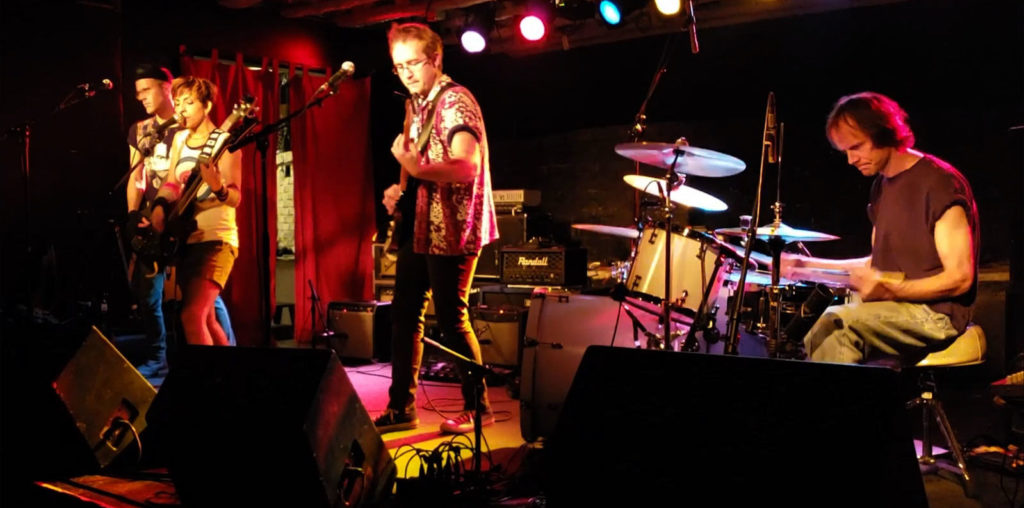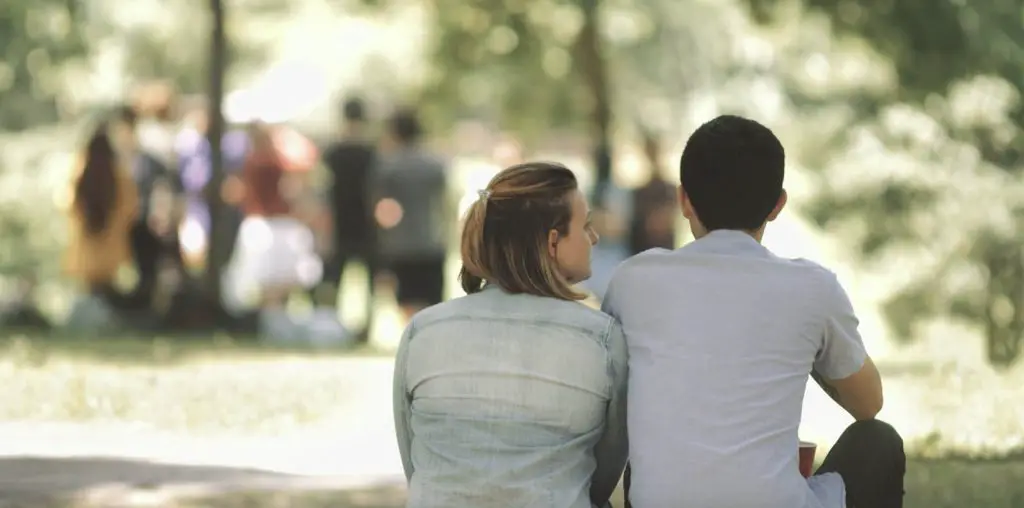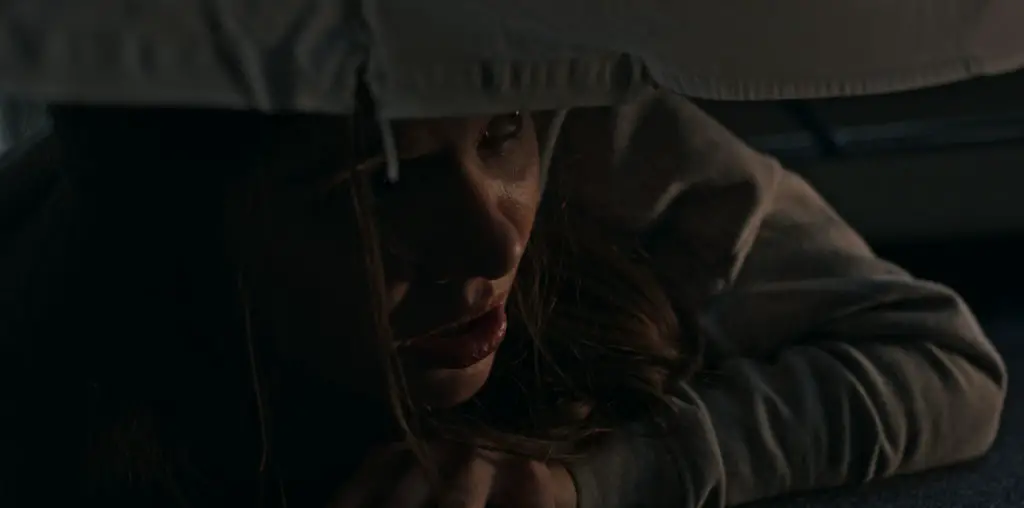
One of the things that stands out most about Steve Niles’ and Ben Templesmith’s excellent “30 Days of Night” comic – aside from the arresting graphics and nifty premise – is how short it is. The entire graphic novel is around 80 pages long and can be read in less than 20 minutes. So when their story about the bloodsucking undead running amok in an Alaskan town where the sun doesn’t rise for a month was optioned by Sam Raimi’s Ghost House, there were understandable concerns about how such a brief tale could be fleshed out over the length of a feature film.
Such fears turn out to be unwarranted, for director David Slade (“Hard Candy”) and screenwriters Niles and Stuart Beattie have done a healthy amount of justice to the source material. The primary plot details haven’t changed: as the sun sets on Barrow, Alaska for the next 30 days, a group of vampires descend and enjoy a veritable Mardi Gras of murder, thanks to the absence of hated sunlight. A small group of survivors, led by Sheriff Eben Olesen (Josh Hartnett) and his estranged wife Stella (Melissa George), attempt to wait out the siege without attracting the attention of the fiends. The nosferatu are a rather snaggle-toothed lot and look like they’d be right at home at an Evanescence concert (a fact that only makes them more loathsome). They’re led by “Marlow” (a barely recognizable Danny Huston), one of the few vamps who appears capable of speech – albeit in an unrecognizable language (Romanian? Klingon? Beats the hell out of me) – the rest gibber and screech like Cenobites.
The action starts on the last day, literally, before the sun disappears for 30 days. Eben is investigating a series of strange crimes, including the killing of all Barrow’s sled dogs and the theft and burning of every cell phone in town. There’s also the arrival of an oddly sinister stranger (Ben Watson, playing a great Renfield), who ends up in the town’s sole jail cell after freaking out some of the local residents.
Happily, the set-up is pretty short. As we all know, the creepy guy was simply clearing the way for his masters. The arrival of the vampires is sudden and shockingly brutal. Sure, there are some cheap scares, but the massacre of Barrow’s citizenry catches us off guard precisely because of its unexpected viciousness, as these particular vampires are more like blood-crazed sharks than debonair Slavs.. And this trend continues throughout the initial attack and the remaining humans’ attempts to last out the long night. There are beheadings and eviscerations galore, and Slade has little compunction about visiting uncomfortable territory (the fate of one child vampire is significantly nasty).
Decent vampire movies are few and far between, and I’m having a hard time remembering a recent one that impressed me like “30 Days of Night” (and studios seem more interested in zombies lately anyway). It doesn’t all click, of course. For starters, I’m not sure how the vampires occupy themselves after killing 95% of Barrow’s population in the first few hours; it seems like it would make more sense to simply take the town apart plank by plank rather than wait for the humans to show themselves. And Eben’s ultimate solution to their dilemma kind of comes out of nowhere. That’s about it, and as beefs go, these are relatively minor.
I bitch a lot about monster movies being, by and large, “unrealistic.” Not in the sense that it’s unbelievable that the dead can rise to prey on the living, or atomic testing can awaken a giant reptile with radioactive breath, for obviously this is a requirement of being a fan of such films, but rather that too often the protagonist(s) escape at the end with a few bumps and bruises and little in the way of lasting psychological damage. At the end of “30 Days of Night,” the (very) few survivors are obviously going to need some time with a platoon of licensed psychiatrists, to say the least. The movie, like the comic book, ends on such a down note I almost regretted my previous complaints. Almost.


